Mental Health First Aid (MHFA) is built on a simple but powerful idea: just as CPR stabilizes someone in cardiac distress until professionals arrive, MHFA stabilizes someone in emotional distress until the right support can step in.
Learning MHFA doesn’t make you a therapist. It doesn’t put the weight of “fixing” someone’s life on your shoulders. Instead, it equips you with the tools to recognize warning signs, offer immediate support, and guide the person toward professional help.
The MHFA approach is organized into a five-step action plan, remembered through the acronym ALGEE.
Step 1: A – Assess for Risk of Suicide or Harm
The first and most urgent step whenever you encounter a friend, family member, or loved one who is struggling is to check for immediate danger. This means being brave enough to ask the kinds of questions that most of us instinctively avoid:
- “Are you thinking about hurting yourself?”
- “Have you had thoughts of ending your life?”
- “Do you have a plan for how you would hurt yourself?”
- “Do you have access to the means to carry out that plan—like medication, weapons, or other harmful tools?”
- “Have you tried to hurt yourself in the past?”
- “Are you feeling safe right now, or do you feel like you might act on these thoughts soon?”
It may feel awkward to ask so directly, but research is clear: asking about suicide does not increase risk. Instead, it creates a safe opening for someone to admit what they’re feeling.
Alongside words, you may also notice warning signs such as:
- Talking about hopelessness or being a burden
- Joking or speaking casually about suicide or death
- Withdrawing from friends, family, or favorite activities
- Increased use of alcohol or drugs
- Loss of interest in future plans, even those they once cared about
- Giving away belongings or making final arrangements
If you think the risk of self-harm is high, don’t leave the person alone. Stay present, remain calm, and call for professional help immediately—whether that’s 911, a local crisis line, or the Suicide & Crisis Lifeline at 988.
Step 2: L – Listen Nonjudgmentally
When someone is in pain, our instinct is often to offer solutions or pep talks. But in a crisis, the most healing gift you can give is your presence. Listening—truly listening—communicates safety and compassion.
Listening nonjudgmentally means:
- Letting them set the pace of the conversation
- Maintaining open body language with eye contact, gentle nodding, and leaning in slightly
- Resisting the urge to minimize their feelings with phrases like, “It’s not that bad” or “Others have it worse”
- Reflecting back what you hear with statements such as, “It sounds like you’re feeling completely overwhelmed right now”
Being heard, without judgment or interruption, can provide a spark of hope for someone who is struggling. This is especially important for men with mental health concerns, since they’re often socialized to believe that they’ll be seen as weak for talking about their feelings.
Step 3: G – Give Reassurance and Information
Once the person feels heard, it’s time to gently remind them they are not alone and that help is possible. This is not about false cheerfulness or empty platitudes, but about offering grounded reassurance.
You might say things like:
- “I’m here with you right now, and we’ll get through this step by step.”
- “It takes courage to talk about what you’re feeling—you don’t have to carry this alone.”
- “Many people find support that helps them feel better.”
- “With the right help, things really can improve.”
- “Support is out there, and you deserve to get the help you need.”
You can also provide simple, accurate information. For example, explaining that therapy isn’t about “fixing” someone but about giving them tools to cope, or that medication—when recommended by a doctor—can help stabilize mood and reduce symptoms.
Step 4: E – Encourage Appropriate Professional Help
Recovery often requires more than just a listening ear. At this stage, you can encourage and support the person in seeking professional care, such as:
- A therapist, counselor, or psychiatrist
- A primary care physician who can rule out medical issues
- An inpatient or outpatient treatment program for more intensive support
You can offer to:
- Help them research local providers and understand their insurance coverage
- Call together to schedule an appointment
- Drive them or go with them to their first session
- Provide childcare (if they are a parent concerned about how getting help will affect their children)
Step 5: E – Encourage Self-Help and Other Support Strategies
Healing doesn’t only happen in therapy rooms—it also happens in everyday life. Examples of small actions that can support better mental health include:
- Practicing mindfulness, deep breathing, or meditation
- Staying physically active
- Eating healthy meals
- Maintaining good sleep hygiene
- Joining a peer support group
- Reconnecting with hobbies, creativity, or faith traditions
You’re not asking your friend, family member, or loved one to overhaul their life in a single day. Instead, you’re helping them see that one small step—a walk, a journal entry, a call to a trusted friend—can begin to shift the tide.
We’re Here to Help
If someone you care about is struggling, you don’t have to figure it out on your own. The most powerful step you can take is to connect them with professionals who understand what they’re going through. At Eagle View Behavioral Health in Bettendorf, Iowa, help is available 24/7.
Encourage your loved one to reach out—or call together—for a free, confidential assessment. The sooner they connect with care, the sooner they can begin moving toward stability and healing.






